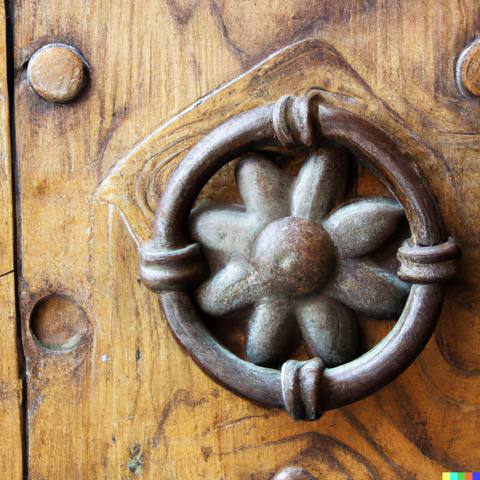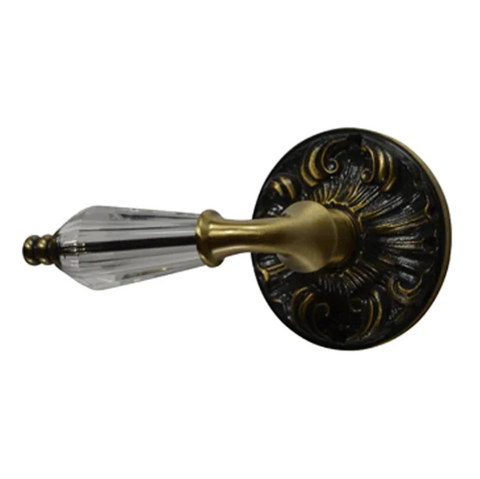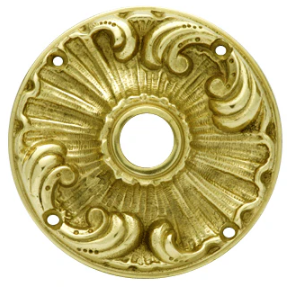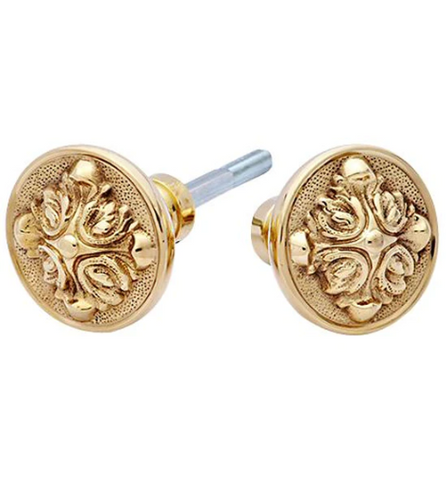Romanesque Style Hardware
Romanesque style hardware serves as a testament to the lasting beauty and functionality of ancient craftsmanship. Dating back to the 10th century, when it first emerged in medieval Europe, this architectural style represents a fusion of Roman and Byzantine influences. Characterized by its bold, sturdy designs and intricate detailing, Romanesque hardware encapsulates the spirit of a bygone era while seamlessly blending with contemporary interior and exterior spaces. In this article, we will explore the distinct features, historical context, and contemporary relevance of Romanesque style hardware.

Features and Characteristics:
Romanesque hardware is known for its solid and durable construction, ensuring longevity and functionality. Cast iron, wrought iron, and bronze are common materials used, exhibiting strength and rust resistance. The hardware's heavy composition not only provides reliability but also creates an air of grandeur and permanence.
Elaborate carvings, embossed patterns, and intricate geometric motifs are significant features of Romanesque hardware. These artistic detailing elements often reflect religious symbols, mythological figures, floral designs, and interlocking arches. The intricate ornamentation imparts a sense of opulence and sophistication, transforming everyday functional components into ornate masterpieces.
Romanesque hardware commonly showcases arches, circles, and semicircular designs that evoke a sense of harmony and structural integrity. Arched door handles, round door knockers, and circular escutcheons contribute to the overall symmetry and visual appeal of Romanesque design.

Historical Context and Cultural Significance:
Revivalist movements in the 19th century saw a renewed interest in Romanesque architecture, leading to a resurgence in the use of Romanesque style hardware. Architects and designers sought to recreate the majestic aesthetic of ancient structures, integrating Romanesque hardware as an essential element in residential, ecclesiastical, and public buildings.
Romanesque designs often draw inspiration from medieval Christianity, incorporating Christian iconography and symbolism into hardware components. Elements such as crosses, biblical scenes, and religious figures serve as reminders of the spiritual and cultural significance associated with Romanesque architecture and design.

Contemporary Applications:
Romanesque hardware has found its place in contemporary residential architecture, acting as functional and aesthetic focal points. From grand entrance doors to custom cabinetry, Romanesque hardware adds an air of sophistication and timeless elegance to modern spaces.
Hotels, restaurants, and public buildings often incorporate Romanesque hardware to create an ambiance that resonates with historical significance and opulence. When utilized thoughtfully, Romanesque style hardware can evoke a sense of nostalgia and provide a memorable experience for guests.

Romanesque style hardware remains a captivating design choice that dynamically weaves together the old and new. Its robust construction, intricate detailing, and cultural symbolism continue to captivate contemporary designers and homeowners alike. As a testament to human craftsmanship, Romanesque hardware serves as a bridge between ancient artistry and modern functionality, ensuring its continued relevance in architectural and interior design. By harnessing its evocative allure and blending it with contemporary sensibilities, designers honor the legacy of Romanesque architecture, creating spaces that stand the test of time.























Leave a comment